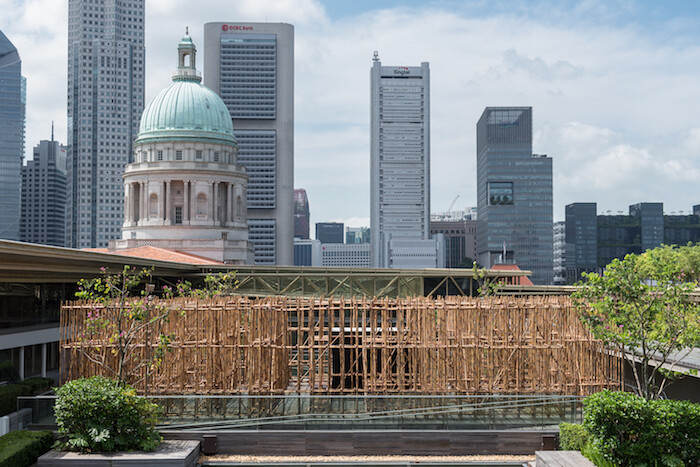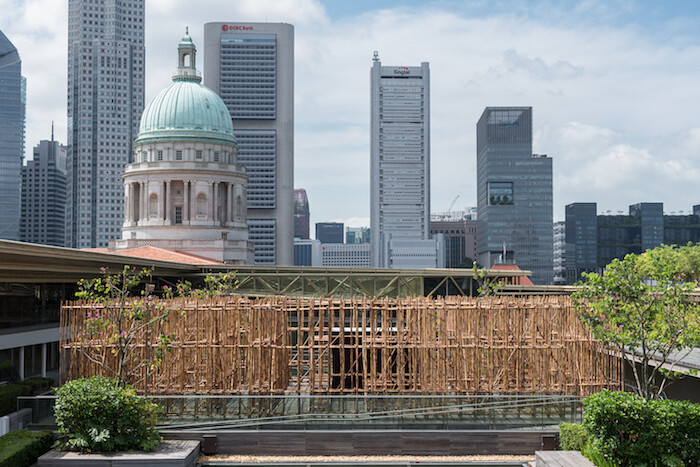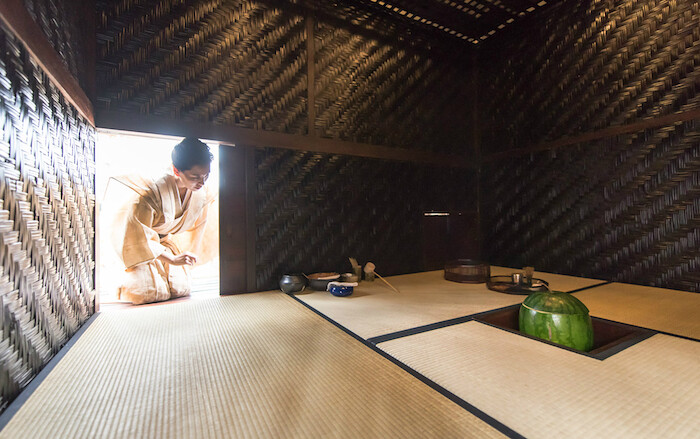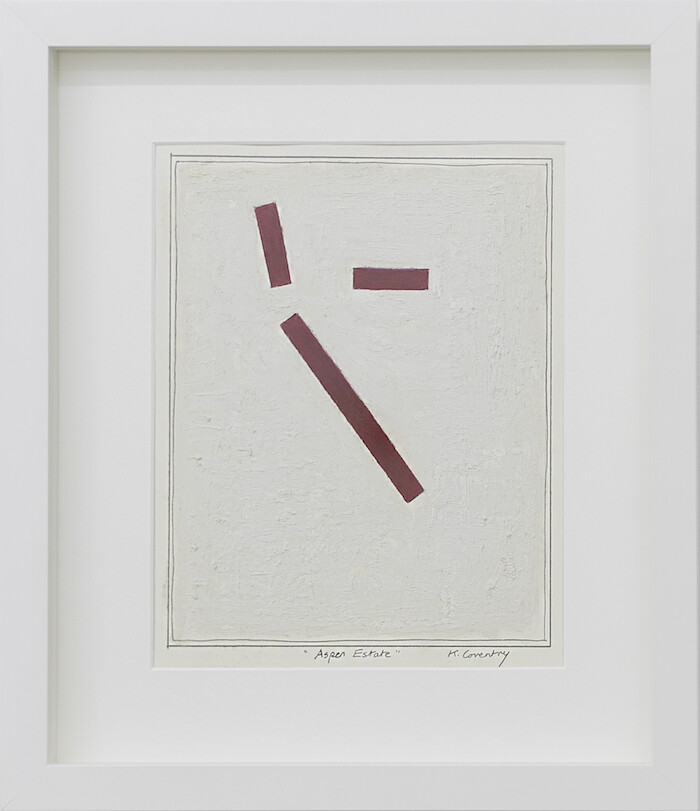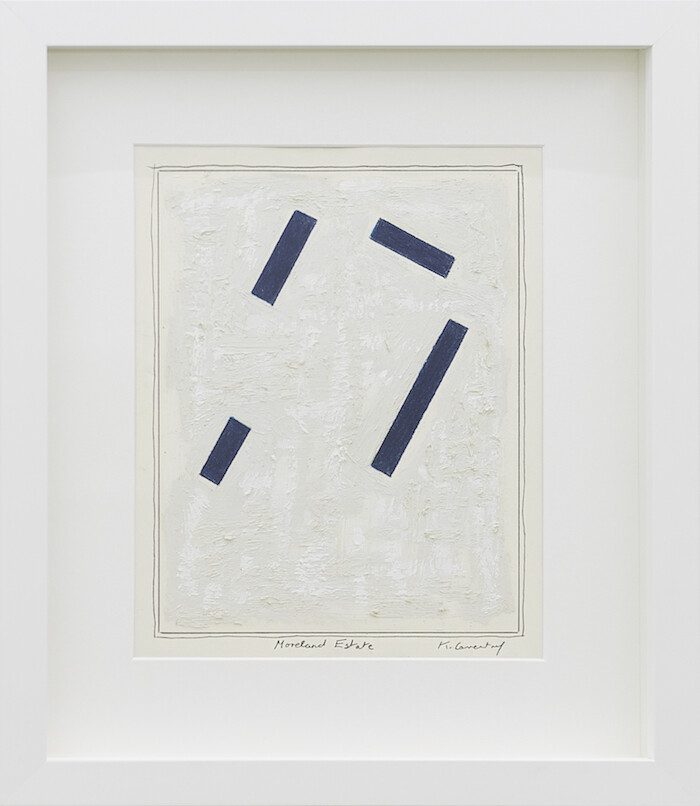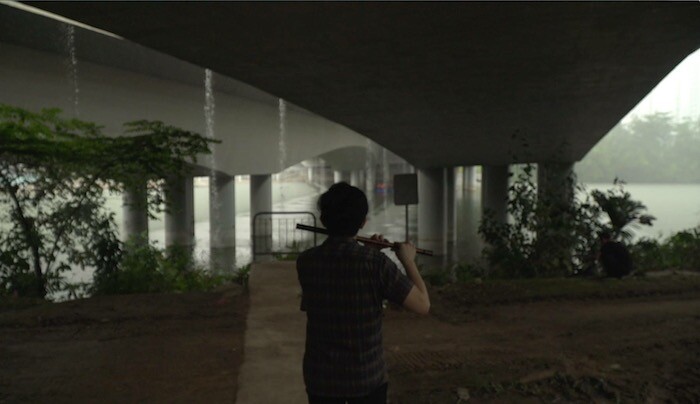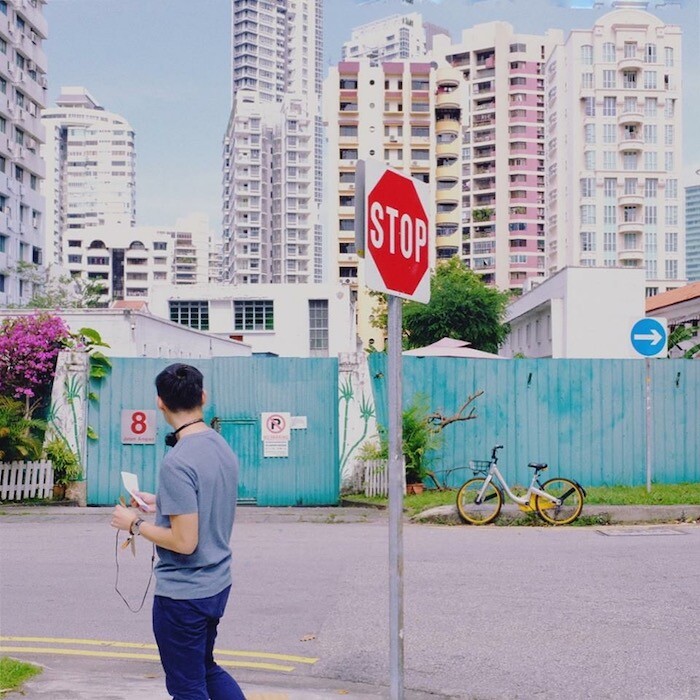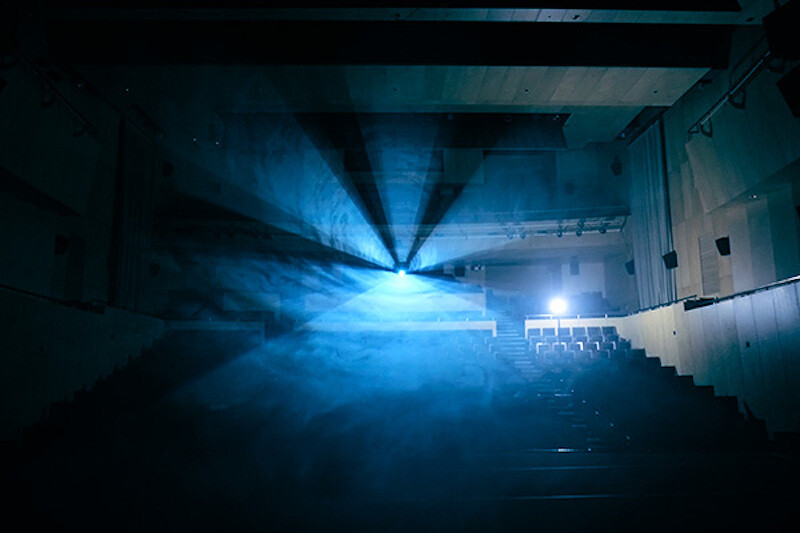Developed by the Singapore government in 2013 in an attempt to create hype around the fair Art Stage Singapore, Singapore Art Week (SAW) is a loose collection of events organized by museums, art spaces, and cultural producers. This year’s edition featured a series of festivals that turned the Civic District’s museums into glowing canvases for art projected on its walls and a relentless deluge of installations, performances, and exhibitions. Yet recently, news sources have focused on the decline of Art Stage as a pronouncement on the state of the arts in Singapore. Amplifying the claims of Art Stage founder Lorenzo Rudolf that the Singapore art market has stagnated and that there is a lack of domestic art production due to state censorship, the South China Post remarked that Singapore had lost its edge to Hong Kong, and the Asia Times ran the headline “Singapore Swings and Misses at the Arts.”1
Is Singapore an art hub in decline? Singapore’s development of art infrastructure and support of Art Stage have been attempts to define itself as a delta to Southeast Asian art. These efforts have been successful for the most part. The National Gallery Singapore has arguably one of the best existing collections of Southeast Asian art and is at the forefront of art historical research on the region. Since its opening in 2013, it has collected digital archives from Southeast Asia, increasing accessibility to researchers and making the museum an invaluable stopover for anyone studying the region. The collection and the institution’s ability to validate the position of artists within a Southeast Asian art historical canon create value in the marketplace. The Singapore Freeport has also become an important regional infrastructure, lending to speculation around a Southeast Asian market.
On the domestic front, the last three years have seen an unprecedented expansion of a diverse range of self-initiated project spaces in warehouses and junkspace by young cultural producers: during SAW, 1961 hosted an exhibition of drawings by British artist Keith Coventry. It was remarkable that a young one-room project space in an isolated warehouse with no track record was able to present the work of an established British artist, a testament to the personal international networks that underlie cultural production in Singapore. I_S_L_A_N_D_S, an intervention in eight windows in a mall, presented “Imaginary homeland: kang ouw (一),” an exhibition of drawings by Boedi Widjaja representing scenes from wuxia, martial art films based on a mythical ancient Chinese past. Leveraging the dated architecture and the aging mall, the installation recalls old cinema showcases of film posters and storyboards, popular in the 1980s and ’90s. The show is a continuation of a series of autobiographical works that explore Widjaja’s cultural identity as an Indonesian Chinese: kang ouw is a translation of wuxia into bahasa Indonesia.
If Singapore is not declining, as some would have us believe, then the stakes of the discourse around the decline of Art Stage are not only about Singapore’s art scene but also about how art’s function as luxury for high net worth individuals is employed toward measuring the success of a scene. Art Stage Singapore serves that community, while the wider scene functions in symbiosis with state sponsorship that benefits wider segments of society.
Public art funding has always been tied to the project of national development, and in turn to growing middle-class consumption and productivity. Cultural policy was first implemented in the 1990s and early 2000s to make Singapore attractive to foreign investment and talent while also inviting its citizens to be adaptive and creative workers able to ride out the turbulence of the global marketplace. As a cultural producer, you can apply for government funding to develop almost any kind of culturally relevant initiative, inside or outside the country.
As a result of the interdependent relationships between artists, gallerists, and curators with state representatives, the wider scene outside the fair is invested in discourse. The trade of art objects is replaced by an economy of experience. “State of Motion: Sejarah-ku” is an exhibition in the shape of a three-hour tour of installations at landmarks of the golden age of Malay cinema scattered throughout the island. It makes you listen to a sound piece based on a speech related to a protest that took place behind a chained gate or has you standing under a bridge with a musician playing a tune on the opposite side of the river. Presented by the National Gallery Singapore, Rirkrit Tiravanija’s untitled 2018 (the infinite dimensions of smallness), a tea house installation based on the artist’s collaboration with Japanese performance artist Mai Ueda, includes a series of performances wherein Ueda serves green tea with watermelon in earthenware by Tiravanija. Close by, the Victoria Theatre showcased Apichatpong Weerasethakul’s Fever Room (2015), presented by Theatreworks’ The Curators Academy. There, the third wall was broken when the screen of the projection performance lifted and you realized you were sitting on the stage of the small theatre where the live installation takes place.
Returning to the fallacy the press makes in equating Art Stage Singapore’s decline with the Singapore art scene, and its the focus on a small domestic art market, it is perhaps high time for a more critical but expansive lens to evaluate any scene. In considering this art hub in terms of how it is structured domestically and regionally, we see that the commercial trade of art may not be its most important measure.
See Nile Bowie, “Singapore Swings and Misses at the Arts,” Asia Times, February 10, 2018, www.atimes.com/article/singapore-swings-misses-arts/ and Enid Tsui, “Singapore’s Contemporary Art Scene is Losing Ground to Hong Kong,” South China Morning Post, January 30, 2018, m.scmp.com/culture/arts-entertainment/article/2131193/singapore-art-scene-losing-ground-hong-kong-and-southeast?amp=1.
